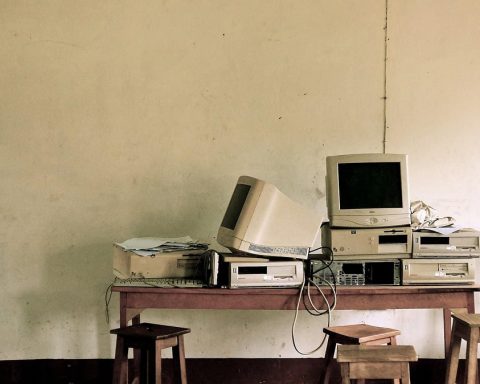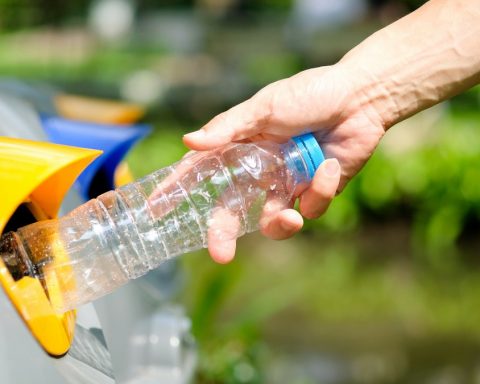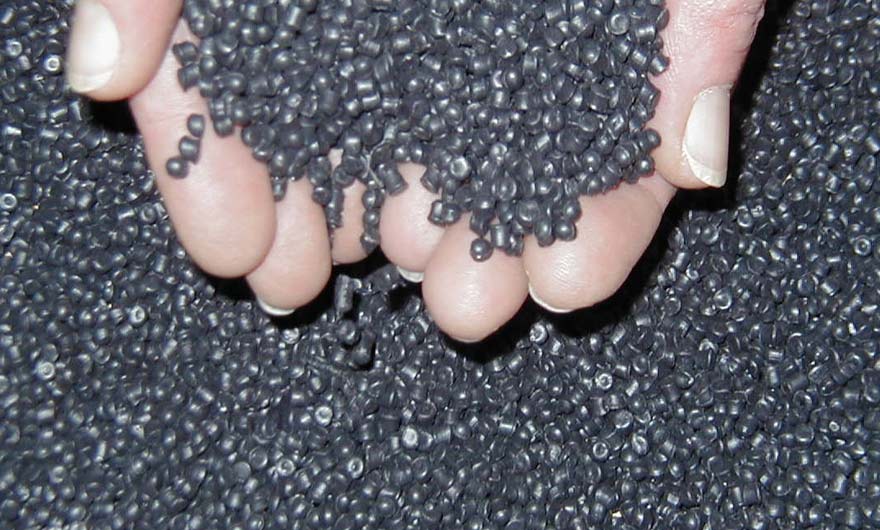Sustainability Display
Protecting consumers on warranty
Improving the repair
A new business model
The role of eco-organizations
Eco-designing products, services and software






Already registered? I'm connecting
Register and read three articles for free. Subscribe to our newsletter to keep up to date with the latest news.
→ Register for free to continue reading.

You have received 3 free articles to discover UP'.





